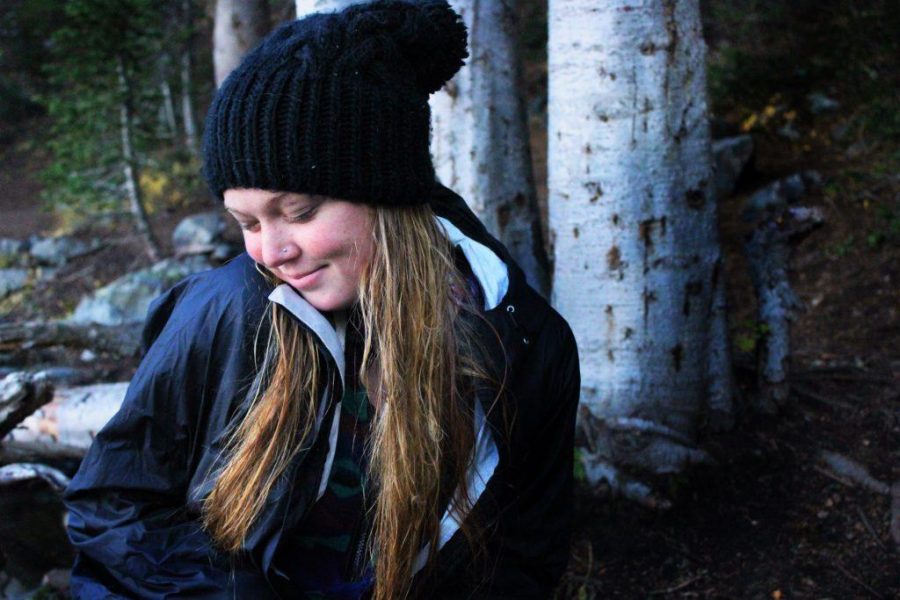As the crisp autumn breeze blows in along the Wasatch, nature lovers will be in search of their fall layering formula. Utah’s dramatic changes in temperature throughout the day, coupled with high elevation, make layering a necessity when out adventuring.
The base layer lies next to the skin and manages the moisture of the body. It can either lock in sweat or wick it away, so the fabric of choice depends on activity level. It’s usually preferrable to find something that keeps you dry, but in extremely cold temperatures (sub-zero), a layer that holds in moisture can trick your body into sweating less, as it adjusts for the excess of sweat. The base layer should be made of merino wool, synthetic fabrics or a silky material. This layer should be tight enough to fit two to three more layers on top.
The insulating layer does just that— insulate. This is the second layer and is the main protector from the cold. The insulator should be made up of natural fibers such as wool and goose, and the thickness is determined by the amount of activity. For an expedition with low activity levels and lower temperatures, a heavy-weight product is suggested.
Moderate activities and climates require a mid-weight material, while in mild climates with aerobic activity, a lightweight insulator is recommended. The classic fleece with a breathable but warm fabric is the most common insulator.
The shell is the outer layer with the vital function to protect from the wind and rain. This is the most important layer in rough weather conditions. It should be roomy and not constrict movement or the other layers. Fleeces do well in dry conditions, but it’s best to have a waterproof and windproof fabric to shield you from the elements. A breathable, water-resistant material is suggested for highly athletic activities and a waterproof material for damp and wet conditions.
As layers come in all shapes, sizes and materials, they can also provide a solid sense of fashion. The layer slayers additionally add vests, hoods, scarves and hats. Adding length to layers can class up an outfit, with the shortest layer on top. Layers conveniently provide quick adjustments and comfort for moisture, warmth and protection.


